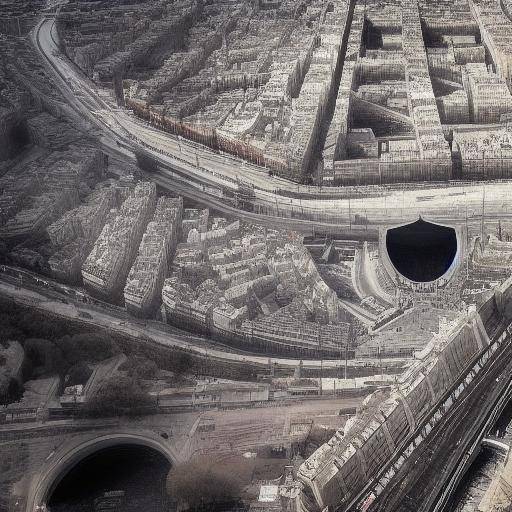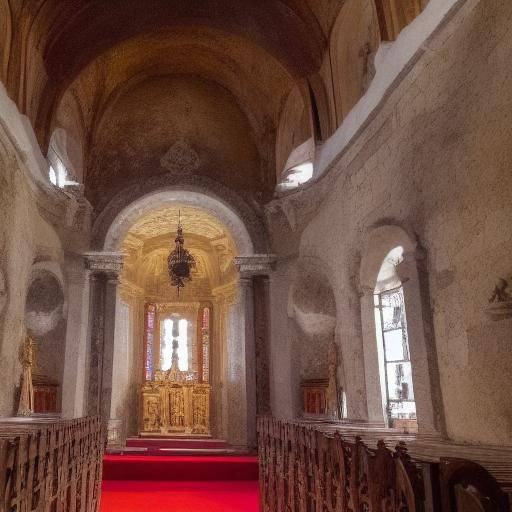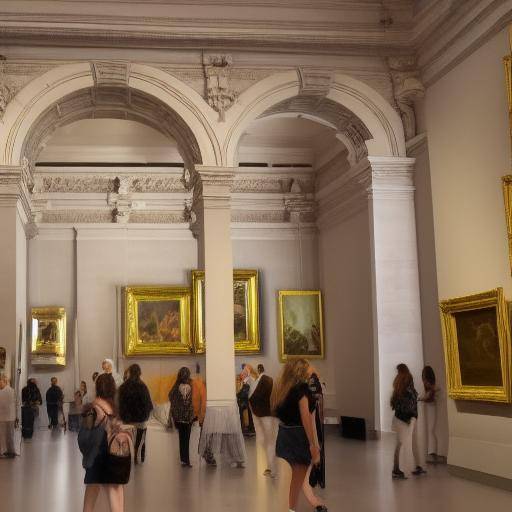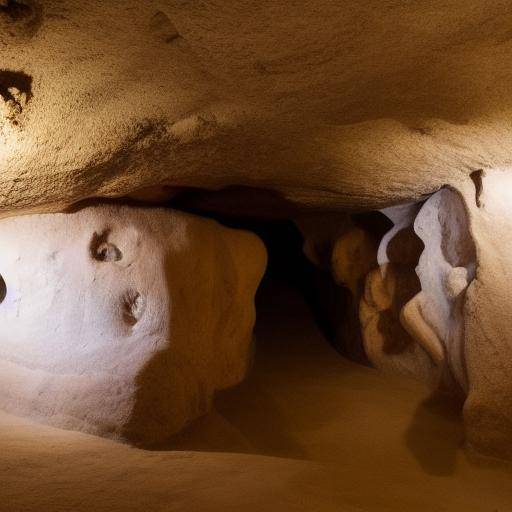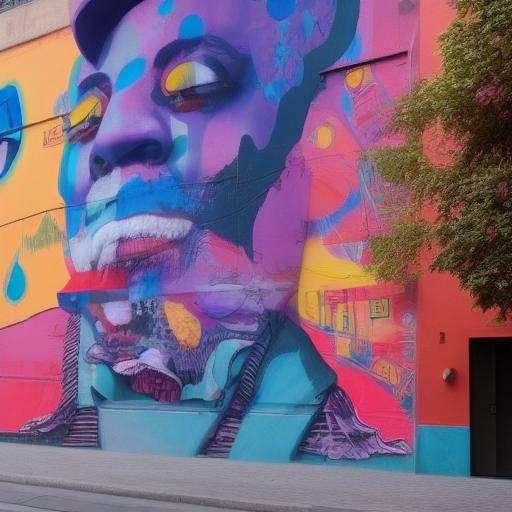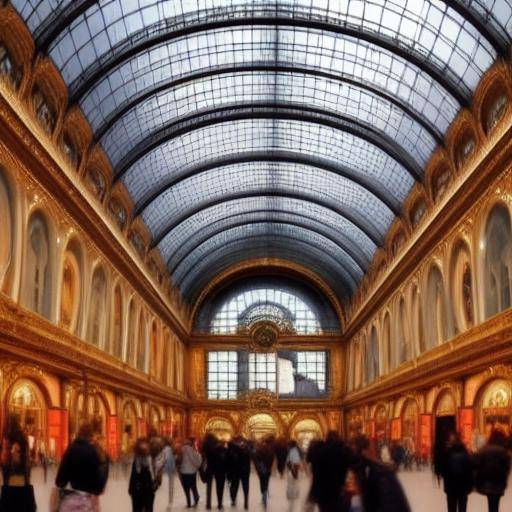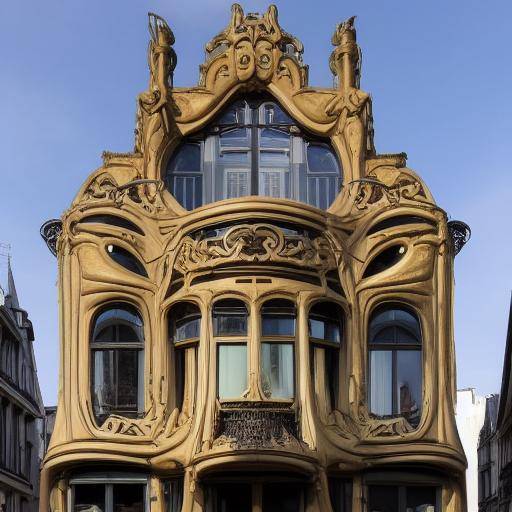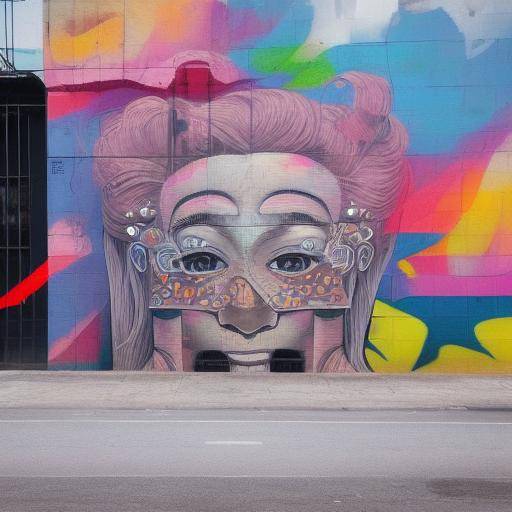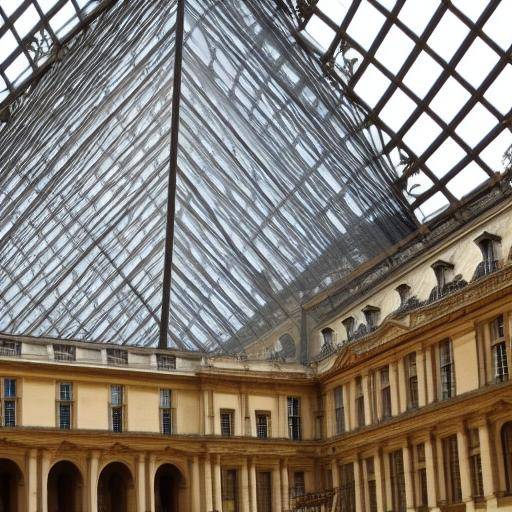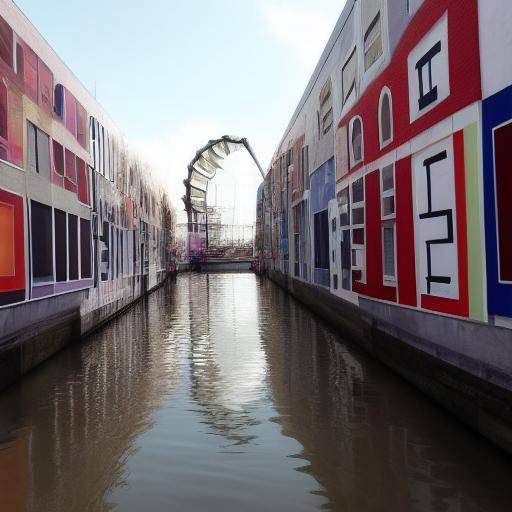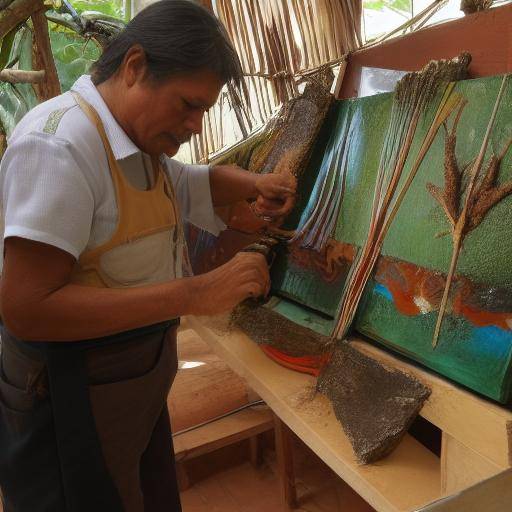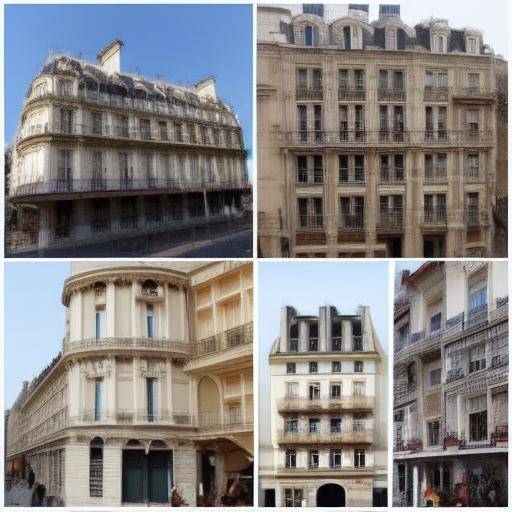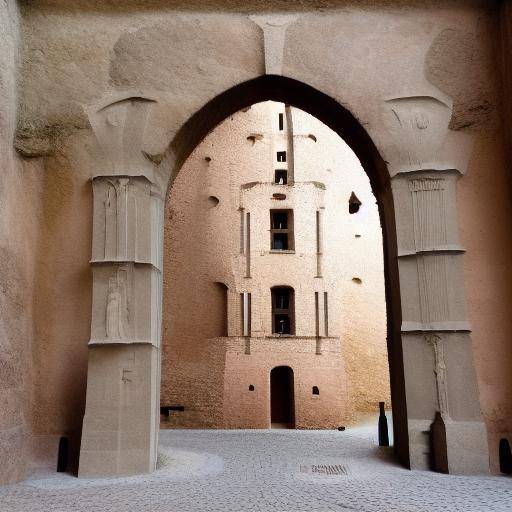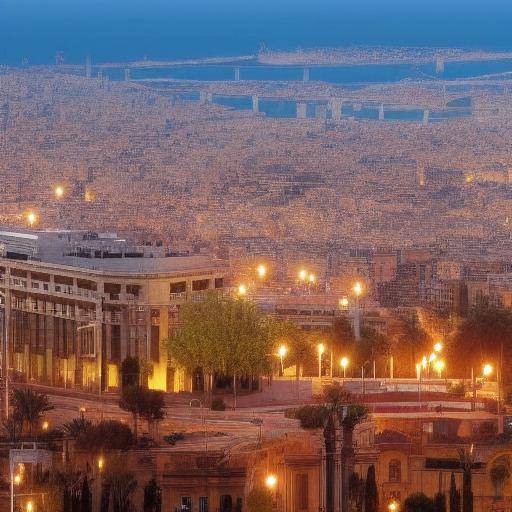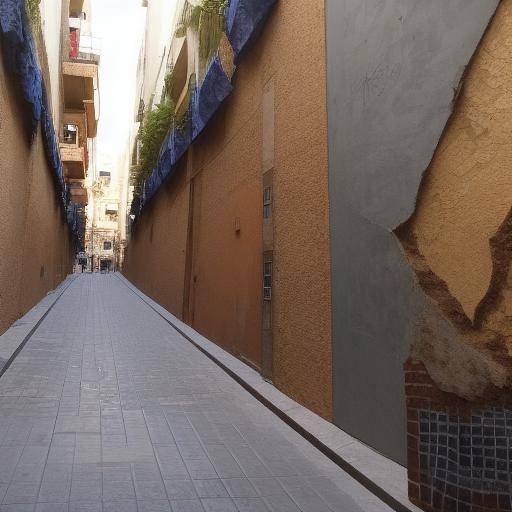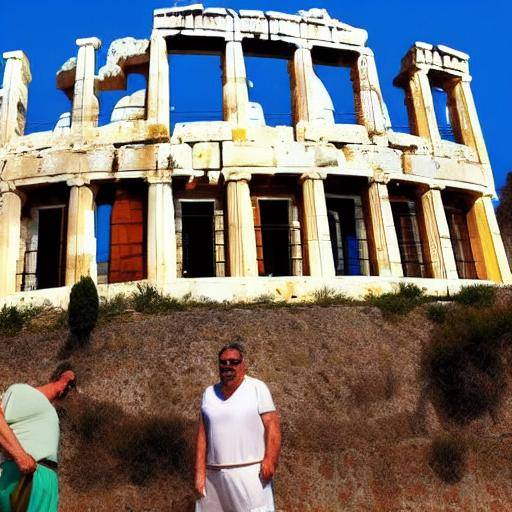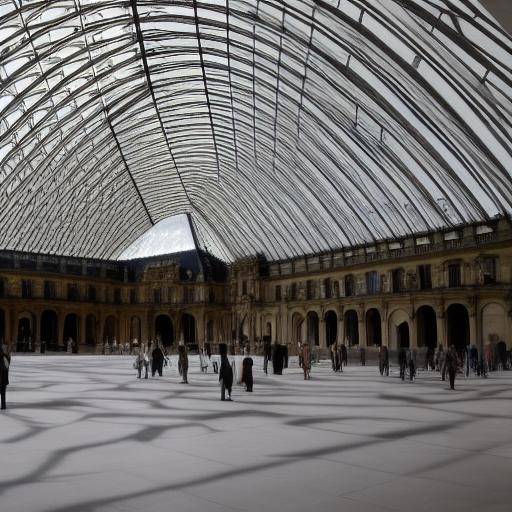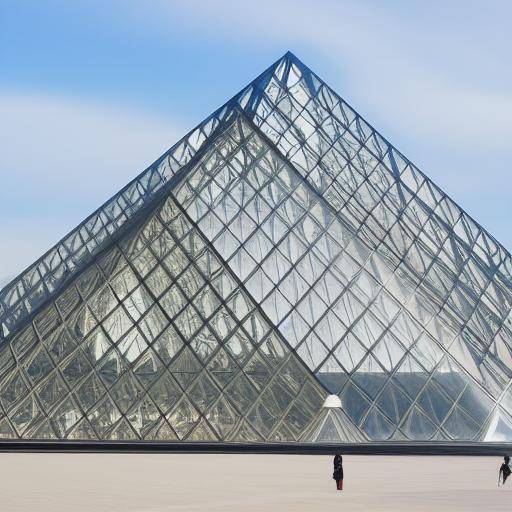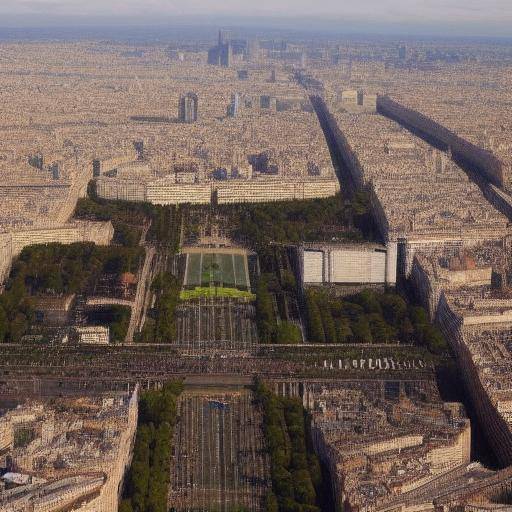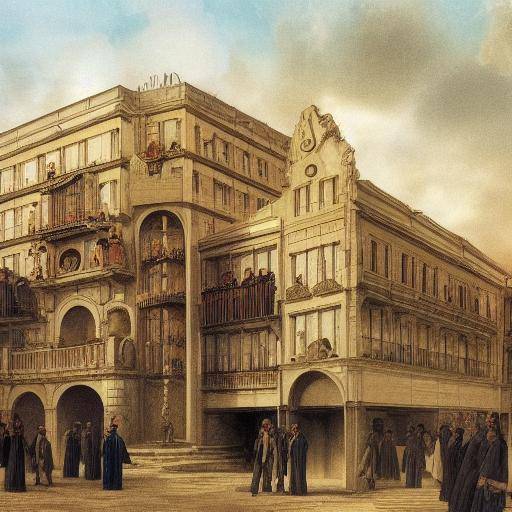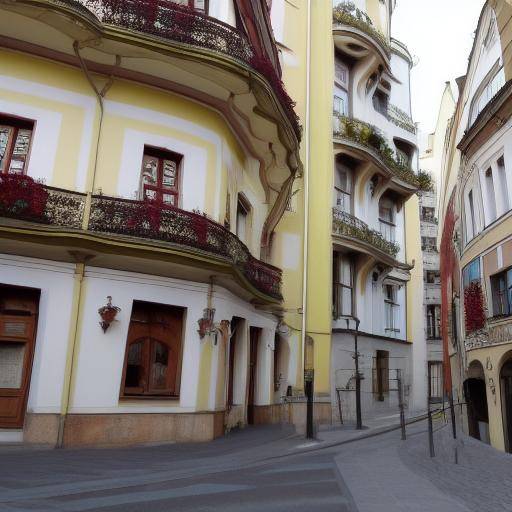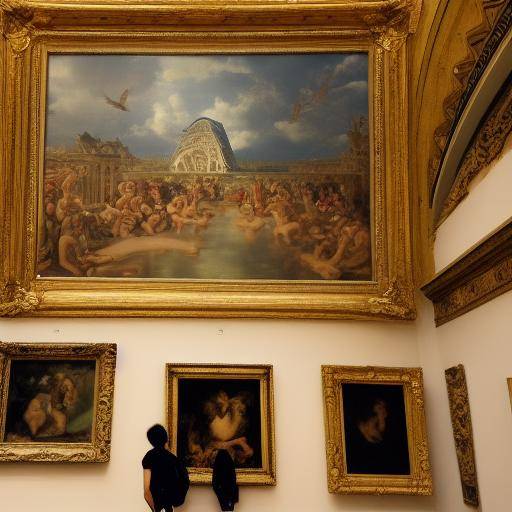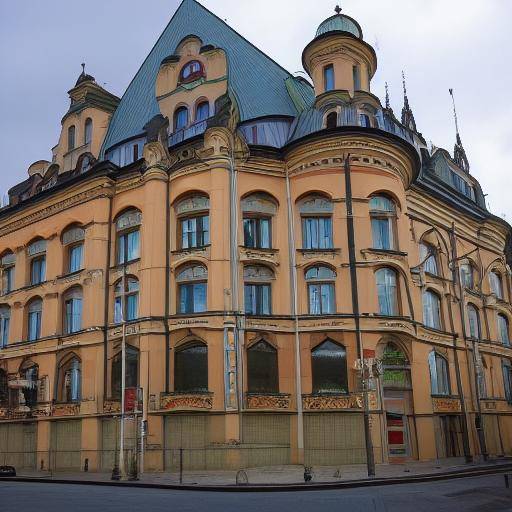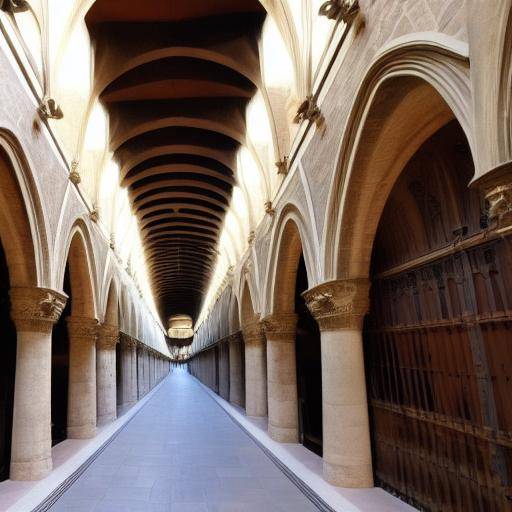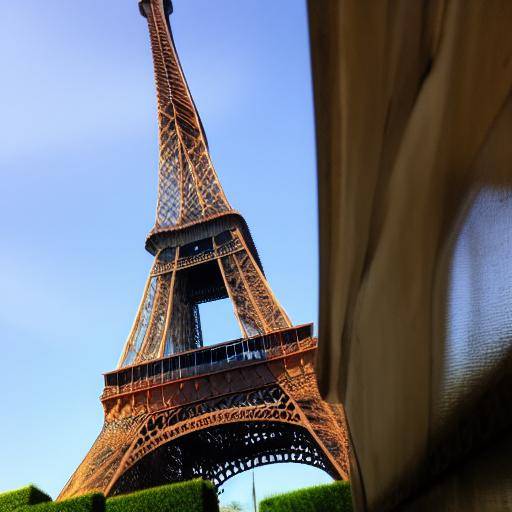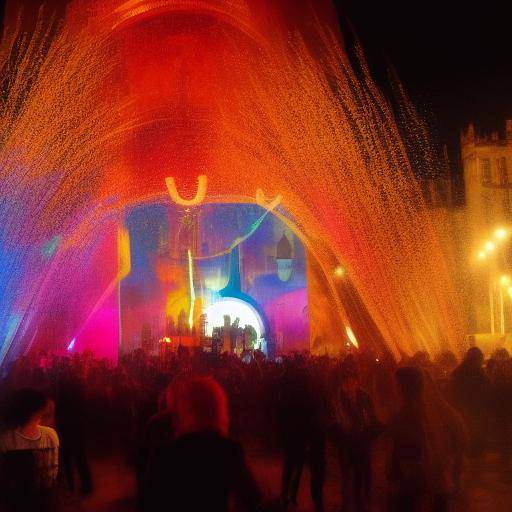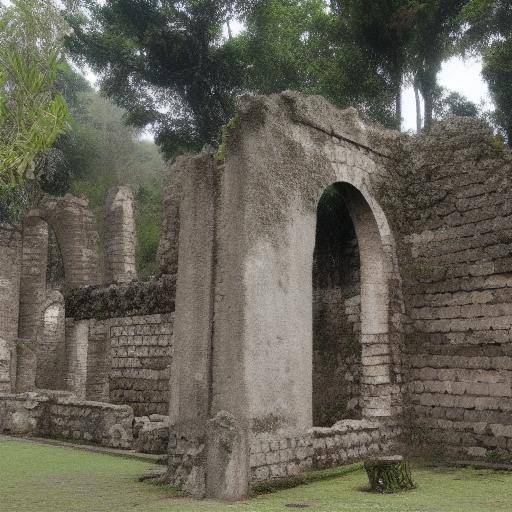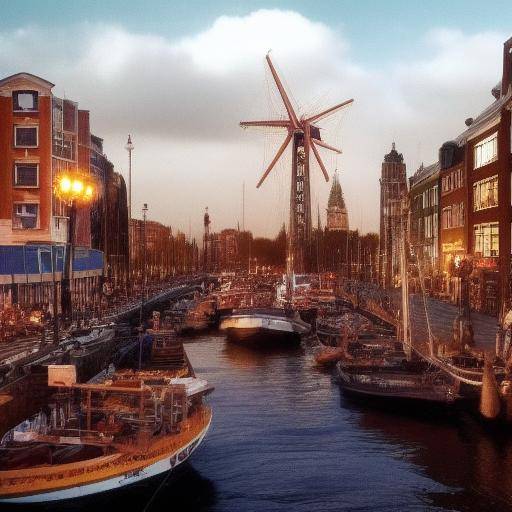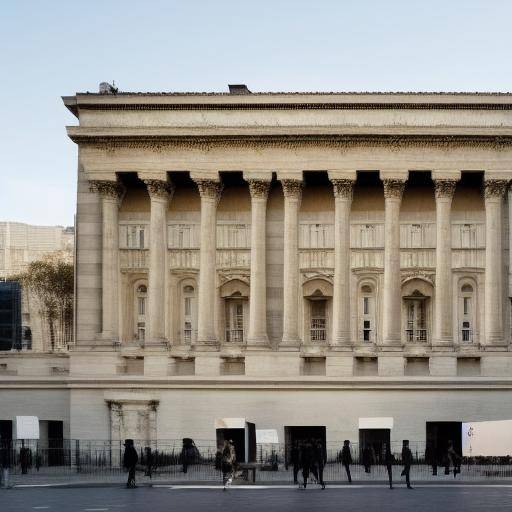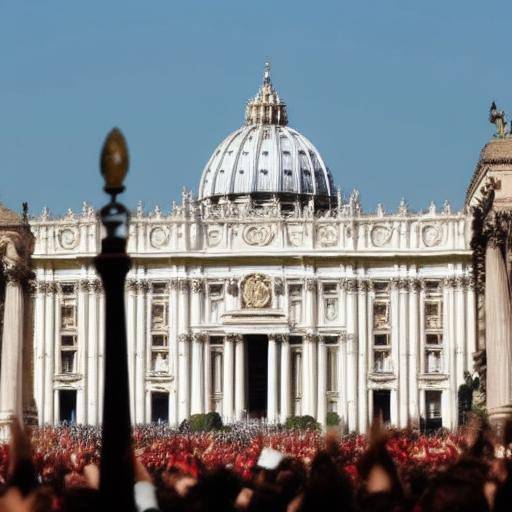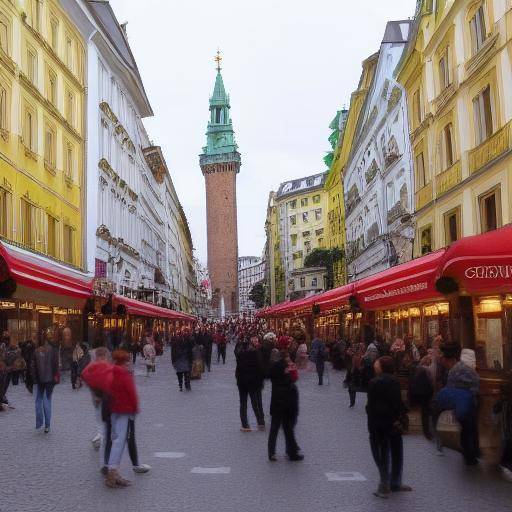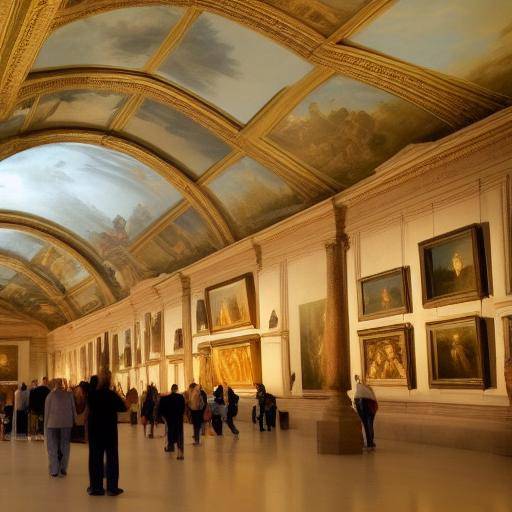
The Louvre Museum is one of the most precious jewels in Paris and one of the most important art museums in the world. From its fascinating history to the amazing masterpieces it hosts, the Louvre is a place that arouses the admiration of millions of people every year. In this article, we will explore the rich history of the Louvre, its most emblematic masterpieces, and its cultural influence on art and society.
Introduction
The Louvre Museum, located in the heart of Paris, is an architectural gem that houses an impressive collection of art covering thousands of years of history. From ancient Egypt to the 19th-century Europe, the Louvre presents masterpieces of incomparable beauty and historical value. Join us on this journey through time and art as we explore the wonders that await in this emblematic museum.
History and Background
The Louvre, with its origins dating back to the Middle Ages, has evolved over the centuries, playing different roles and accumulating a rich history. In its beginnings, the Louvre was a defensive fortress that later became a royal residence. However, its function as a museum was not established until the French Revolution.
During this period, the Louvre became a public exhibition site for confiscated works of art of the nobility and the church. Since then, the museum has experienced significant expansions and renovations, becoming a global benchmark of art and culture.
Masterpieces of the Louvre
Among the infinite works of the Louvre, some stand out for their historical relevance and artistic impact. One of the most famous pieces is the Mona Lisa of Leonardo da Vinci, whose enigmatic smile attracts millions of visitors every year. Other famous works include the Venus of Milo, the Victory of Samotracia, and the Tanis Sphinx, all of them testimonies of the artistic mastery that has resisted the passage of time.
Analysis in Deep
The influence of the Louvre in the appreciation of art and history is undeniable. As a cultural epicentre, the museum has inspired generations of artists, writers and thinkers. Its impact extends beyond the walls of the building, permeating the global cultural and educational sphere. This influence is translated into greater appreciation for beauty, creativity and cultural diversity.
Comprehensive review
By comparing the different artistic expressions present at the Louvre, it is possible to glimpse the numerous influences and interconnections between different cultures and eras. The dialogue between the masterpieces is a living lesson in history and humanity that continues to inspire the generations to come.
Comparative analysis
By comparing the Louvre, Paris and art itself, you can appreciate the interconnection between these entities. Paris, the city of light, serves as the perfect setting to house the Louvre, as the beauty and cultural wealth of the city perfectly complement the museum's masterpieces.
Practical Tips and Accessible Recommendations
To fully enjoy the experience at the Louvre, it is essential to plan the visit in advance. It is recommended to study previously the works and exhibitions that most interest the visitor, and to make the most of the interactive tools and guided tours offered by the museum to obtain a deeper understanding of the exhibited pieces.
Industry Perspectives and Expert Reviews
From the perspective of art and culture experts, the Louvre represents a beacon that illuminates the history and artistic talent of humanity. The importance of preserving and spreading these creations transcends the cultural realm, as they are true treasures that connect us with the roots of humanity and invite us to reflect on our own existence and role in the world.
Cases of Study and Applications in Real Life
The impact of the Louvre goes beyond the walls of the museum. His masterpieces have been studied and replicated in different educational and entertainment contexts, influencing the creation of films, books, and educational programs around the world. These cases of study demonstrate the transformative power of art and its ability to transcend cultural and temporal borders.
Future Trends and Predictions
As the world moves towards greater global interconnection, the Louvre will continue to play a crucial role in promoting intercultural understanding and appreciation of human heritage. The museum is expected to adapt to the requirements of the twenty-first century, incorporating innovative technologies to preserve, study and disseminate its invaluable collection to an increasingly diverse and globalized audience.
Conclusion
The Louvre Museum is much more than a collection of art; it is a living testament to the rich cultural diversity of humanity and a bridge between the past, the present and the future. By exploring their galleries, each visitor has the opportunity to immerse in a fascinating journey through human history, beauty and creativity. The Louvre, with its vast collection of masterpieces, will continue to dazzle and educate future generations, consolidating itself as an eternal treasure of humanity.
Frequently asked questions
What is the Louvre Museum?
The Louvre Museum is one of the most important museums in the world, located in Paris, France. It is famous for hosting the Mona Lisa, the Venus of Milo and other world-renowned masterpieces.
What is the history of the Louvre Museum?
The Louvre has its origins in a medieval fortress that became a royal residence and then a museum during the French Revolution, exhibiting confiscated works of art.
What are some outstanding masterpieces in the Louvre?
Some of the most famous works of the Louvre include the Mona Lisa of Leonardo da Vinci, the Venus of Milo, the Victory of Samotracia and many other iconic pieces of art history.
Why is the Louvre so important in the art world?
The Louvre is significant not only for the quality and quantity of its works, but also for its influence on the appreciation and study of art worldwide.
How can I fully enjoy my visit to the Louvre Museum?
It is recommended to investigate previously the works you want to see, use guided tours and take advantage of interactive tools for an enriching experience.
What is the relevance of the Louvre to Paris?
The Louvre is a icon of the city of Paris, contributing significantly to its tourist attraction and reputation as a cultural and artistic centre.
With its centuries of history, its artistic treasures and its cultural influence, the Louvre Museum is a true treasure of world heritage that continues to amaze those who have the privilege of visiting it. Its impact transcends the realm of art, reminding us of the beauty and creativity that unite humanity throughout time.

